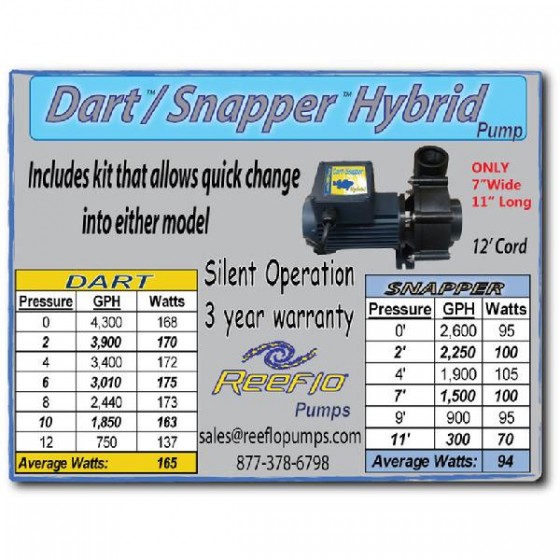dbl
It Takes Less Energy to be Nice
View Badges
Excellence Award
Reef Tank 365
Article Contributor
Moderator Emeritus
Reef Squad Emeritus
Hospitality Award
My Tank Thread
An often asked question is "what size sump would be best" for my new "X" gallon tank? The typical answer is the bigger the better - more total water volume in the system. Honestly, it's how I would answer the question. But I'm curious if there is a more precise answer? Is there an ideal percentage of display size for the sump? Is there a minimum size for a sump? Or is it truly just to put the largest sump that will fit in your stand?
So let's here your philosophy on the proper answer.
So let's here your philosophy on the proper answer.

















